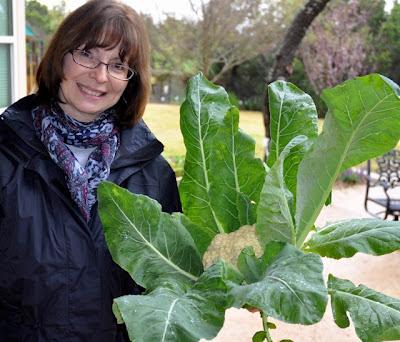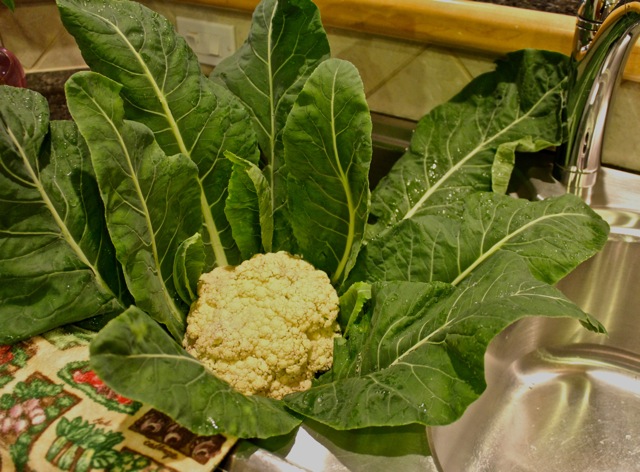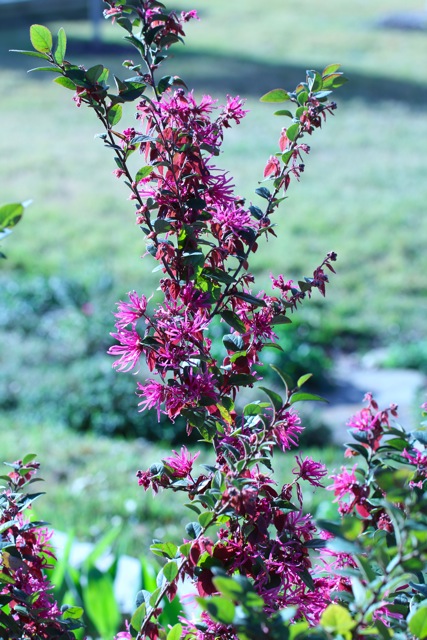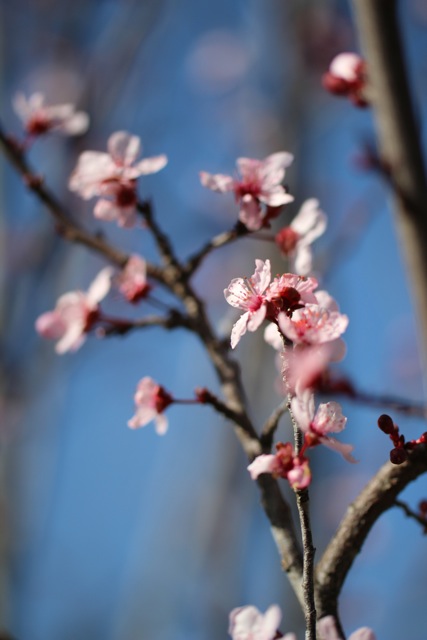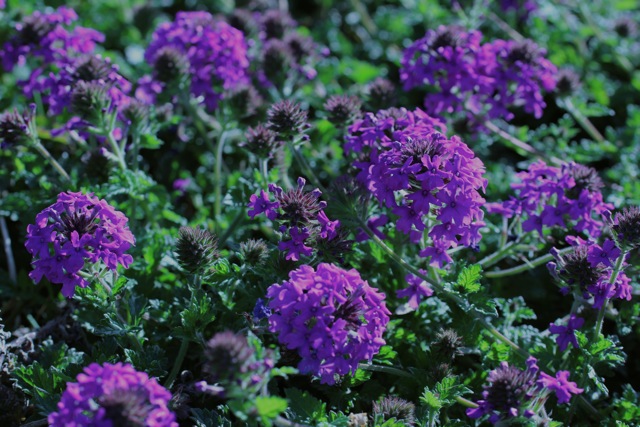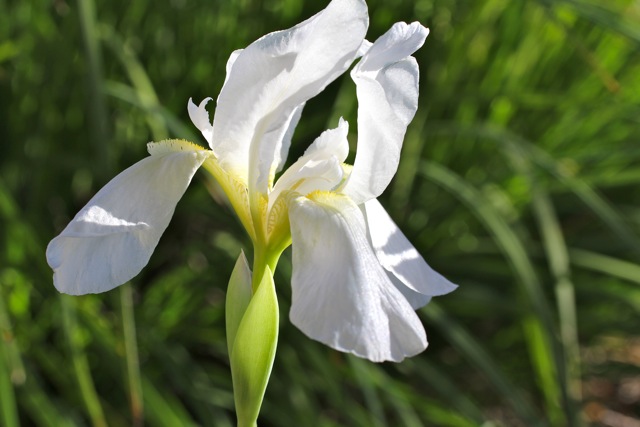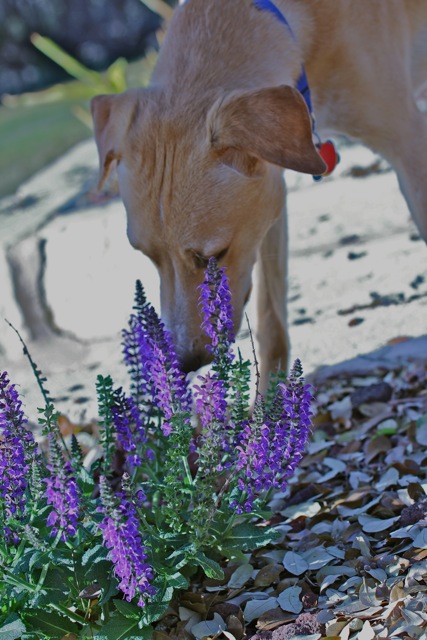Beautiful spring blooms and bulbs brighten the garden…
Isn’t she lovely? Isn’t she wonderful?
 My bletilla striata, also known as ground orchids, burst into bloom suddenly this weekend and I almost missed them. I love their exotic form and stunning color.
My bletilla striata, also known as ground orchids, burst into bloom suddenly this weekend and I almost missed them. I love their exotic form and stunning color.
 These little blooms are jonquilla “baby moon” and are less than an inch in diameter. About 8 inches tall, they are miniatures in every way. Their stems are like long, thin, round blades of grass. They bloom last of all my daffodils, but they are my favorites because of their delicate form.
These little blooms are jonquilla “baby moon” and are less than an inch in diameter. About 8 inches tall, they are miniatures in every way. Their stems are like long, thin, round blades of grass. They bloom last of all my daffodils, but they are my favorites because of their delicate form.
 Although I’m saddened to mark the loss of some of my cilantro, thanks to the early and unseasonably warm temperatures, I do think the blooms are sweet.
Although I’m saddened to mark the loss of some of my cilantro, thanks to the early and unseasonably warm temperatures, I do think the blooms are sweet.
 This is an oops bulb. It must have come in a bag of daffodil bulbs that I ordered, because that’s what’s blooming all around her. But I love the swirling red, white and pink color combination.
This is an oops bulb. It must have come in a bag of daffodil bulbs that I ordered, because that’s what’s blooming all around her. But I love the swirling red, white and pink color combination.
 These tulips were intentionally planted. My neighbor brought me bulbs back from her trip to the Netherlands in February and I promptly put them in the ground. They were up in no time, much to my surprise. Because I’m not willing to dig up tulip bulbs and replant them every year (which we have to do in our hot climate because we don’t have enough chilling hours), I don’t have tulips in my garden. But I might have to dig these up for sentimental reasons. They have special meaning for me — they were a gift from a dear friend, and I lived in the Netherlands for four years when I was a young girl.
These tulips were intentionally planted. My neighbor brought me bulbs back from her trip to the Netherlands in February and I promptly put them in the ground. They were up in no time, much to my surprise. Because I’m not willing to dig up tulip bulbs and replant them every year (which we have to do in our hot climate because we don’t have enough chilling hours), I don’t have tulips in my garden. But I might have to dig these up for sentimental reasons. They have special meaning for me — they were a gift from a dear friend, and I lived in the Netherlands for four years when I was a young girl.
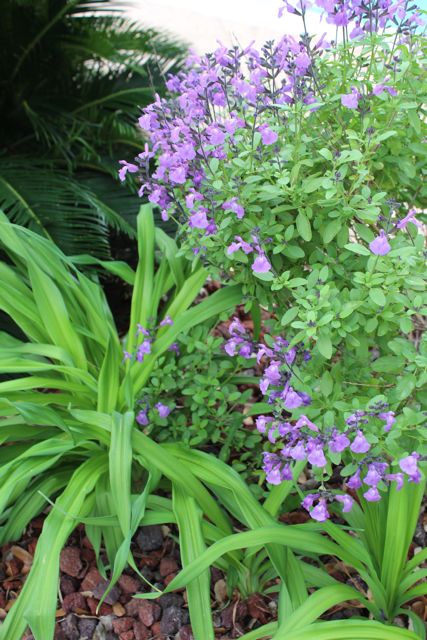 The bright lime green of these daylily leaves make a pretty contrast against this purple salvia — sadly it didn’t come with a good tag when I planted it, so I have no idea which of the 200+ salvias it is. I just know it’s colorful and hardy.
The bright lime green of these daylily leaves make a pretty contrast against this purple salvia — sadly it didn’t come with a good tag when I planted it, so I have no idea which of the 200+ salvias it is. I just know it’s colorful and hardy.
 This is hellebore ‘winter wren‘. It and ‘Phoebe‘ are both blooming. They were sad when the weather first warmed up and I thought the summer heat had zapped them. Then all of a sudden they had a growth spurt and put on a show.
This is hellebore ‘winter wren‘. It and ‘Phoebe‘ are both blooming. They were sad when the weather first warmed up and I thought the summer heat had zapped them. Then all of a sudden they had a growth spurt and put on a show.
 The bluebonnets are bringing great color to my cutting garden (although I never cut them!). They also spread their seeds all over Kallie’s play scape. Those plants are a few weeks slower growing than these, so I hope to have fun pictures of them soon. They clearly love that pea gravel.
The bluebonnets are bringing great color to my cutting garden (although I never cut them!). They also spread their seeds all over Kallie’s play scape. Those plants are a few weeks slower growing than these, so I hope to have fun pictures of them soon. They clearly love that pea gravel.

My Japanese Maple was miserable last summer, but is happy with this wet, temperate spring.
Are any of these beautiful blooms putting on a show in your garden yet this spring?

